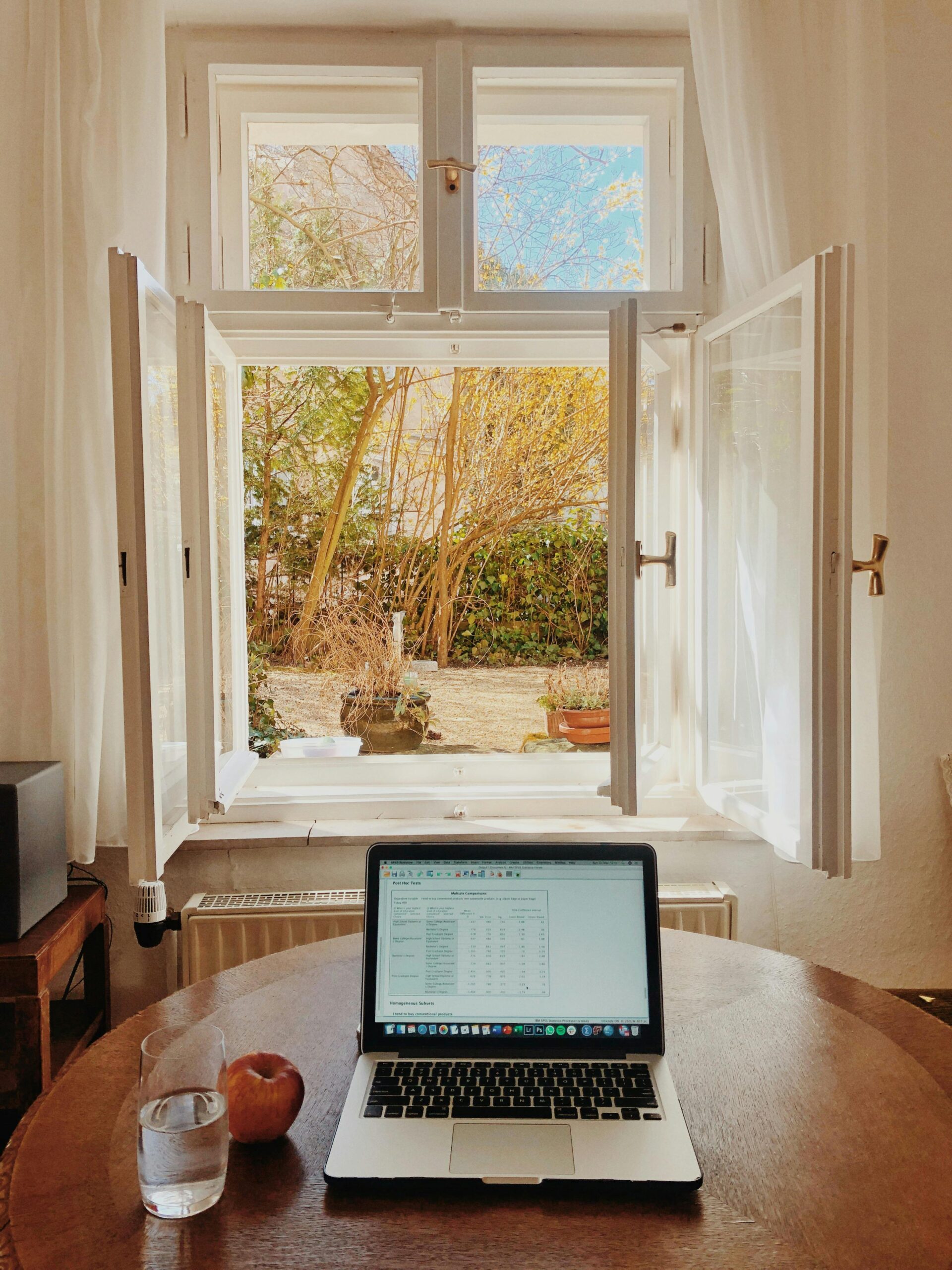In the contemporary discourse on sustainability, the importance of energy-efficient home design has surged to the forefront. This paradigm shift toward sustainable living emphasizes not just the aesthetic or structural integrity of homes but also their environmental footprint and energy consumption levels. Among the myriad components that contribute to the energy efficiency of a home, windows command a special focus.
Traditionally viewed as aesthetic elements that offer views and natural light, windows have a much more critical role in the energy performance of a building. This article explores the transformative impact of window replacement on enhancing home energy efficiency, weaving through the technological advancements and practical benefits that underscore its importance.
Introduction to Energy-Efficient Home Design
The quest for energy-efficient home design is driven by the dual objectives of reducing energy consumption and minimizing environmental impact. This design philosophy integrates advanced materials, innovative construction techniques, and smart technologies to create living spaces that are not only comfortable and aesthetically pleasing but also significantly lower in energy usage.
Windows, in this context, emerges as a pivotal element that can either be a home’s thermal weak point or a cornerstone of its energy efficiency strategy. The role of windows extends beyond their basic functions to being integral components that influence a home’s energy balance, thermal insulation, and overall sustainability footprint.
The Critical Role of Windows in Home Energy Efficiency
The significance of windows in influencing home energy efficiency cannot be overstated. Windows act as thermal bridges, allowing heat exchange between the interior and exterior environments. Inefficient windows can lead to significant energy losses, undermining efforts to maintain temperature control and leading to increased energy bills.
The evolution of window technology has, however, turned this around. Modern windows are designed to minimize thermal bridging, incorporating features such as double glazing, low-emissivity coatings, and inert gas fills to enhance their insulative properties. This transition underscores the importance of considering window replacement as a key strategy in the pursuit of energy-efficient home design.
Benefits of Window Replacement for Energy Efficiency
Embarking on window replacement offers a plethora of benefits, chief among them being the potential for enhanced insulation and energy savings. Modern energy-efficient windows are engineered to maintain the internal temperature of homes, reducing the reliance on heating and cooling systems. This not only leads to lower energy bills but also contributes to a more comfortable and consistent indoor climate. Moreover, the upgrade to energy-efficient windows can significantly reduce noise pollution from outside, adding an extra layer of tranquillity to the home environment.
Types of Energy-Efficient Windows
The array of energy-efficient windows available today is diverse, catering to different aesthetic preferences, performance requirements, and budgets. Double-glazed windows, featuring two panes of glass with an air or gas-filled space in between, offer a significant improvement in insulation over single-pane windows. Low-emissivity (Low-E) glass, coated with a thin metallic layer, reflects thermal radiation, thereby reducing heat transfer. Gas-filled windows, utilizing inert gases like argon or krypton in the inter-pane space, provide enhanced insulation and are particularly effective in colder climates.
Considerations for Choosing the Right Energy-Efficient Windows
Selecting the right energy-efficient windows requires careful consideration of several factors. The material and design of the window frames, the thermal properties such as U-factor and Solar Heat Gain Coefficient (SHGC), and the quality of installation all play critical roles in determining the overall energy performance of windows.
The U-factor measures the window’s insulative ability, while the SHGC assesses its capacity to block heat from the sun. Opting for windows with low U-factors and appropriate SHGC values for the climate can significantly enhance a home’s energy efficiency. Furthermore, professional installation is crucial to ensure that windows are properly sealed and perform to their maximum potential.
Financial Incentives and ROI of Energy-Efficient Window Upgrades
The initial investment in energy-efficient window replacement is often offset by the financial incentives available, including government rebates and tax credits. Additionally, the return on investment, calculated through reduced energy bills and increased property value, presents a compelling case for the upgrade. Over time, the energy savings accrued can significantly exceed the initial cost, making energy-efficient windows a wise financial decision in the long run.
Conclusion: Integrating Window Replacement into Home Design for Sustainability
The integration of energy-efficient window replacement into home design represents a critical step toward achieving sustainable living. As we look to the future, the role of homeowners, builders, and designers in embracing energy-efficient practices will be paramount. Through informed decision-making and strategic investments like window replacement, we can significantly enhance the energy efficiency of our homes, contributing to a more sustainable and environmentally friendly future.

